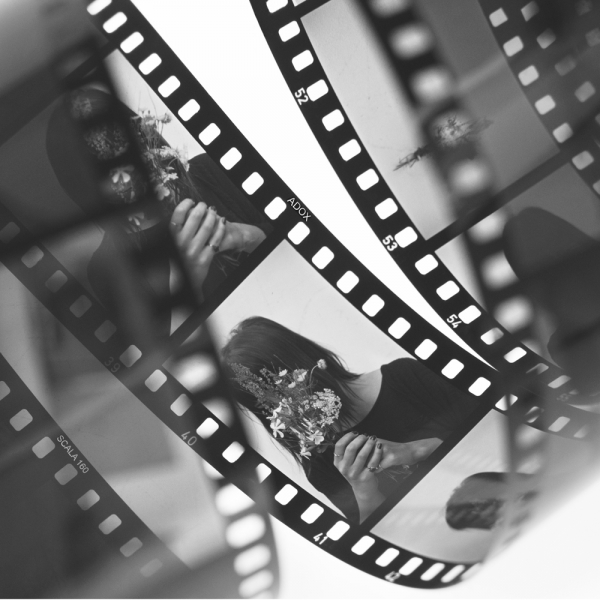Low-Key Lighting
“The term key light is the source of two commonly used adjectives: low key and high key… These expressions come from cinematography. When cinematographers, also known as directors of photography (DPs) use a low proportion of fill light to key light,… is called low-key lighting. The lower key the light, the more shadowy the effect. The distorting, spooky nature of extremely low-key lighting is perfectly illustrated by a trick almost every child has played: in the dark, you shine a flashlight up at your face from below your chin. That flashlight was your key light, and since there was no fill light at all, the proportion of fill to key was as low as you could get” (47).
Source: Textbook Definition from Ed Sivok’s Film Studies: An Introduction (Film and Culture Series)
Author, Terry O’Rourke, reveals how we can be a bit ambiguous in our approach to lighting and how that is essentially what low-key lighting is all about. It is about the ambiguity, which is a wonderful way to invoke a sense of mystery and intrigue within your artistic medium, in this case film, to your audience. He then explains the simplicity in creating such lighting:
“You can do this with any existing lighting situation, provided you turn most of them off. If there is no existing lighting – even better. Set up your lighting designs with the idea that less is more, because with low-key lighting you are lighting for shadows. One light in the middle of a room and you have all the shadows you could ever want. Move that light around and you can put the shadows wherever you want. Use a reflector along with that one light and you can create all the drama one could ever need in a scene. The point here is that low-key lighting involves shadows just as much as it does light.”
High key lighting is used to produce images that encourage an optimistic, upbeat reaction. The photos come out youthful and simple but sophisticated. Low key lighting, on the other hand, produces images that are the opposite of high key photos. The low key technique uses a lot of darker tones, shadows, and blacks.
High Key Lighting:
- Bright and high lights dominated by ranges of whites
- Very minimal blacks and mid-tones
- Optimistic, upbeat, youthful, light, and airy
- Mostly used in portrait, wedding, newborn and fashion photography
Low Key Lighting:
- Uses a lot of deep blacks, darker tones, and shadows
- Very minimal amount of whites and mid-tones
- Reduces lighting to produce images with striking contrasts
- Produces dramatic and mysterious photos
- Features a lot of shadows
With low key lighting, you can create incredibly sensual images (within the dimensions of photography), full of mysterious atmosphere and drama. Low key lighting creates stunning contrasts in your images, along with mood and mystery. It gives depth, feeling, and emotion — and is an invigorating challenge for novice and professional photographers alike. Traditional photography lighting is called three-point lighting: key light, a fill light, and a backlight to illuminate the subject. Low key photography, on the other hand, uses only a key light, which is optionally controlled with a fill light or a simple reflector. This means that shadows remain in the dark and only the subject is highlighted. Low key lighting tends to heighten the sense of alienation and suspense, and hence is commonly used in the film noir and horror genres.
Source:
https://www.videomaker.com/article/c13/15235-the-art-of-low-key-lighting
https://contrastly.com/understanding-the-basics-of-high-key-vs-low-key-lighting/
https://skylum.com/blog/low-key-lighting-photography-tips




